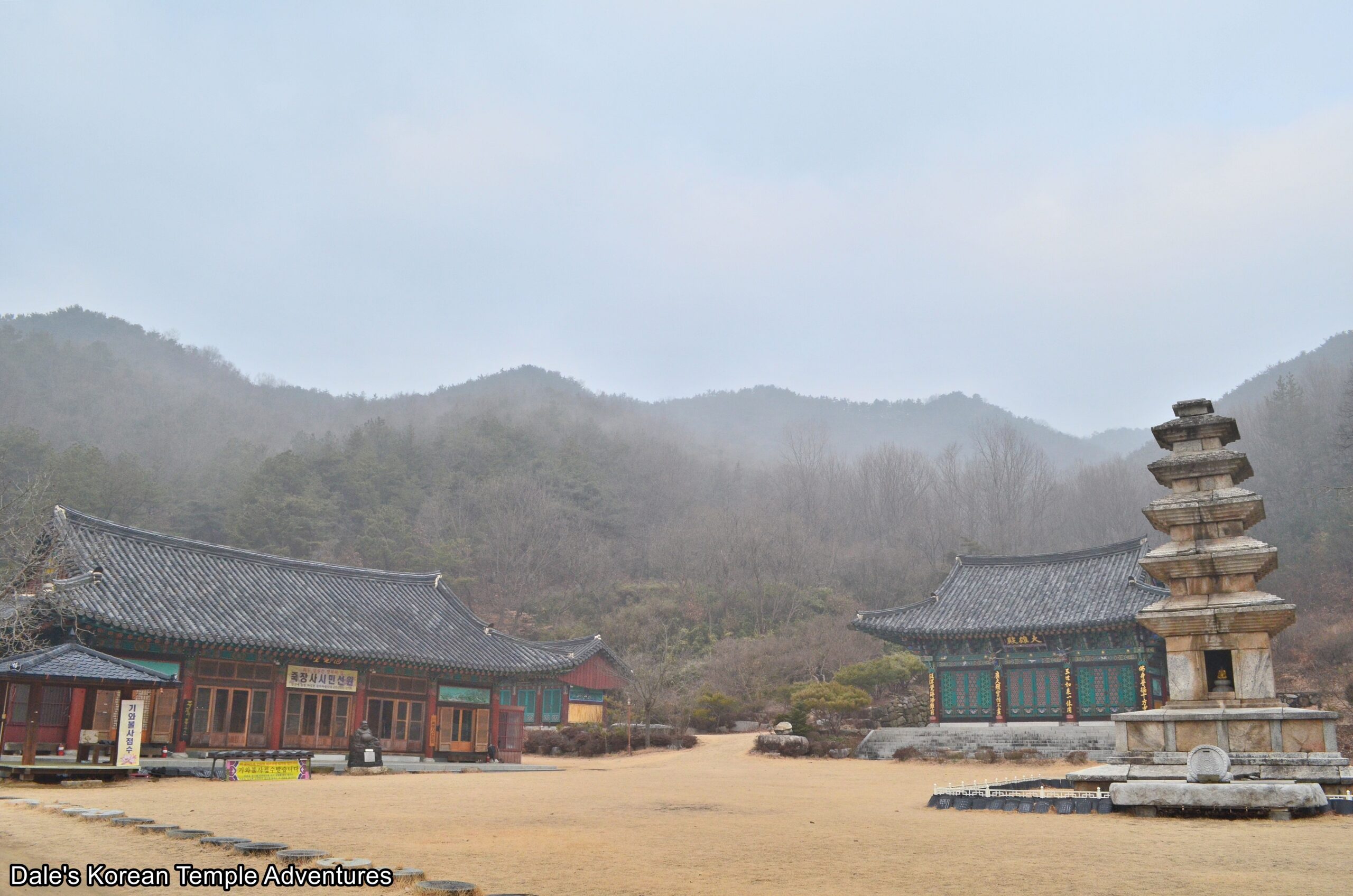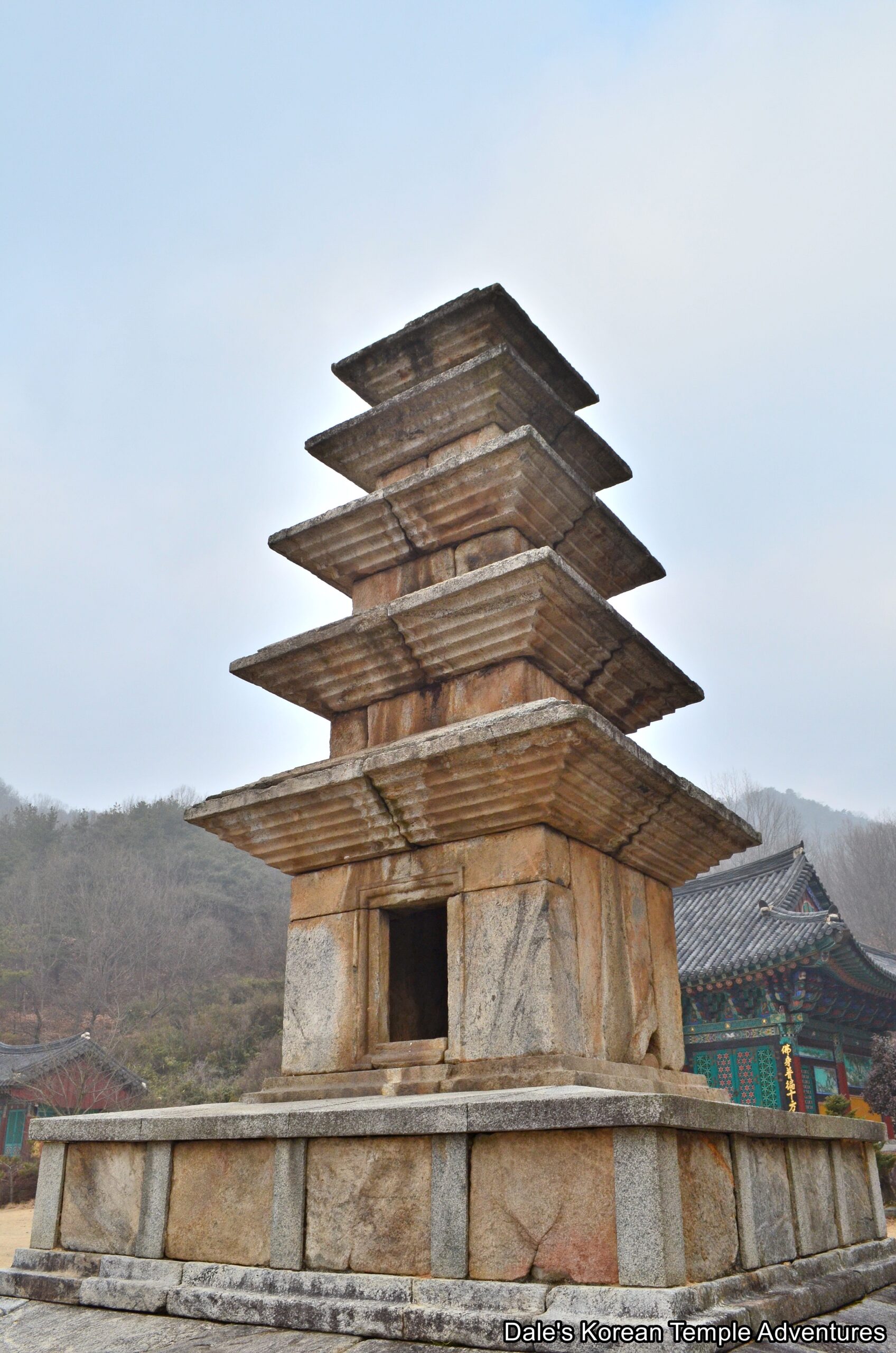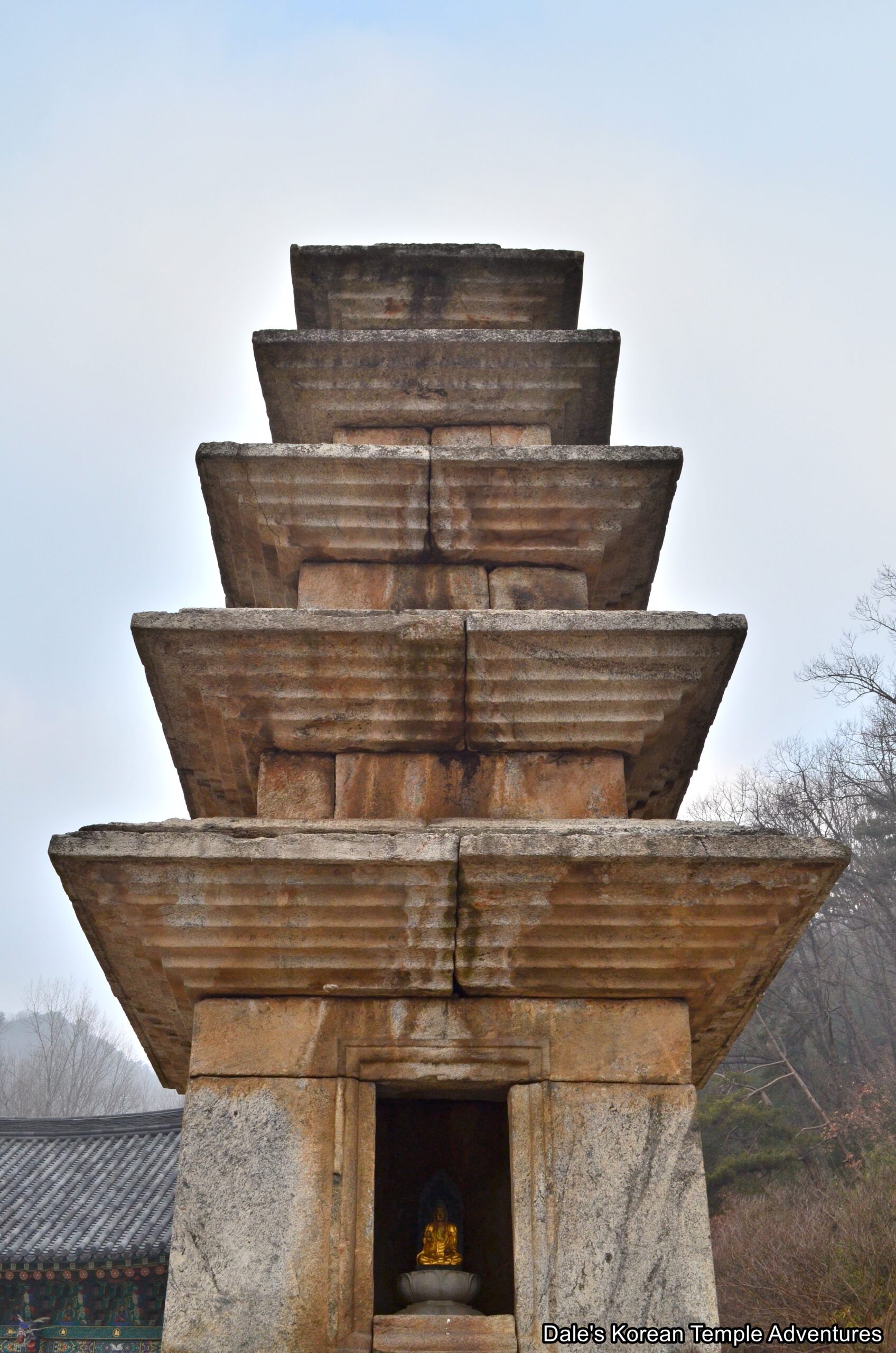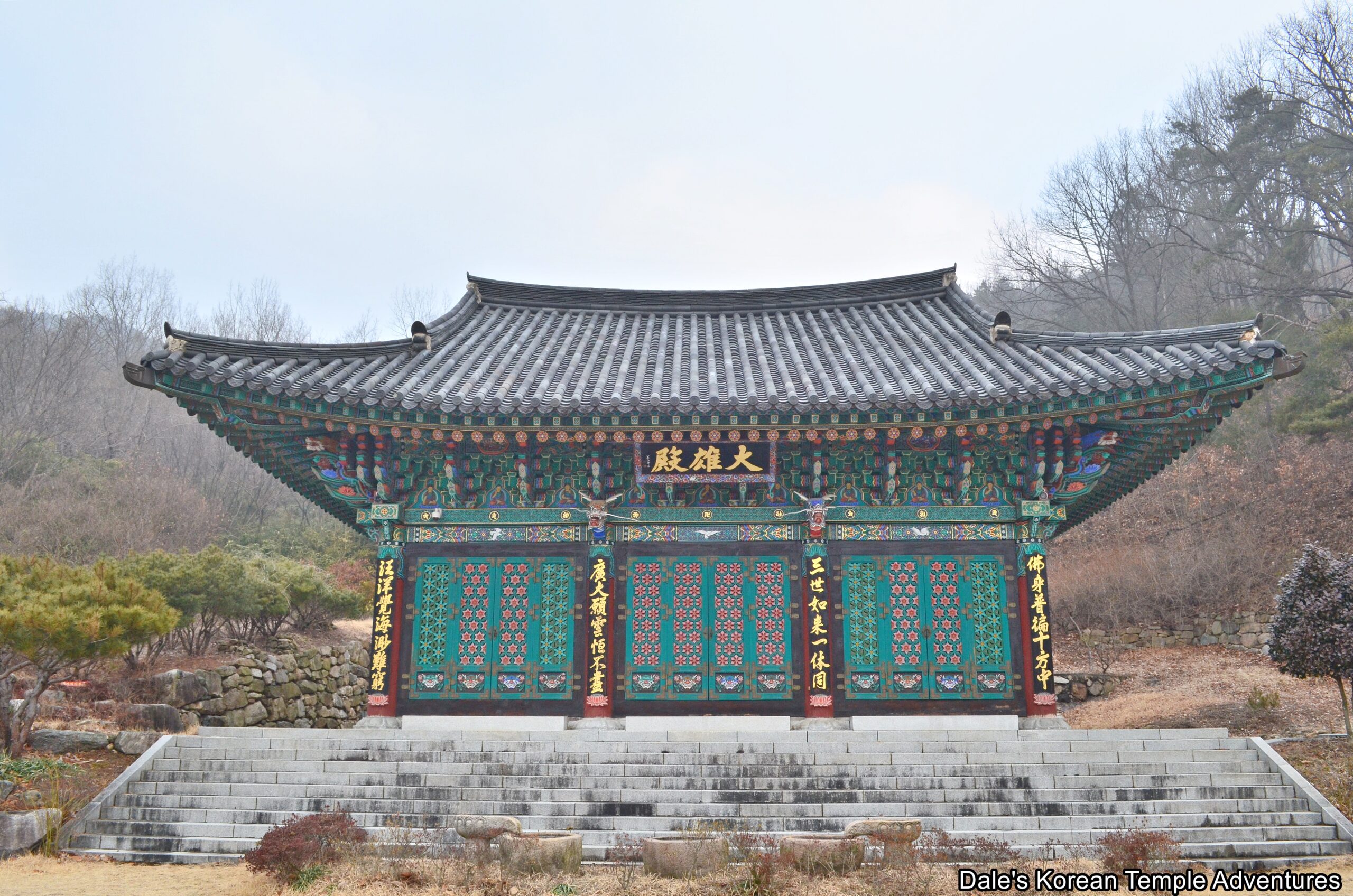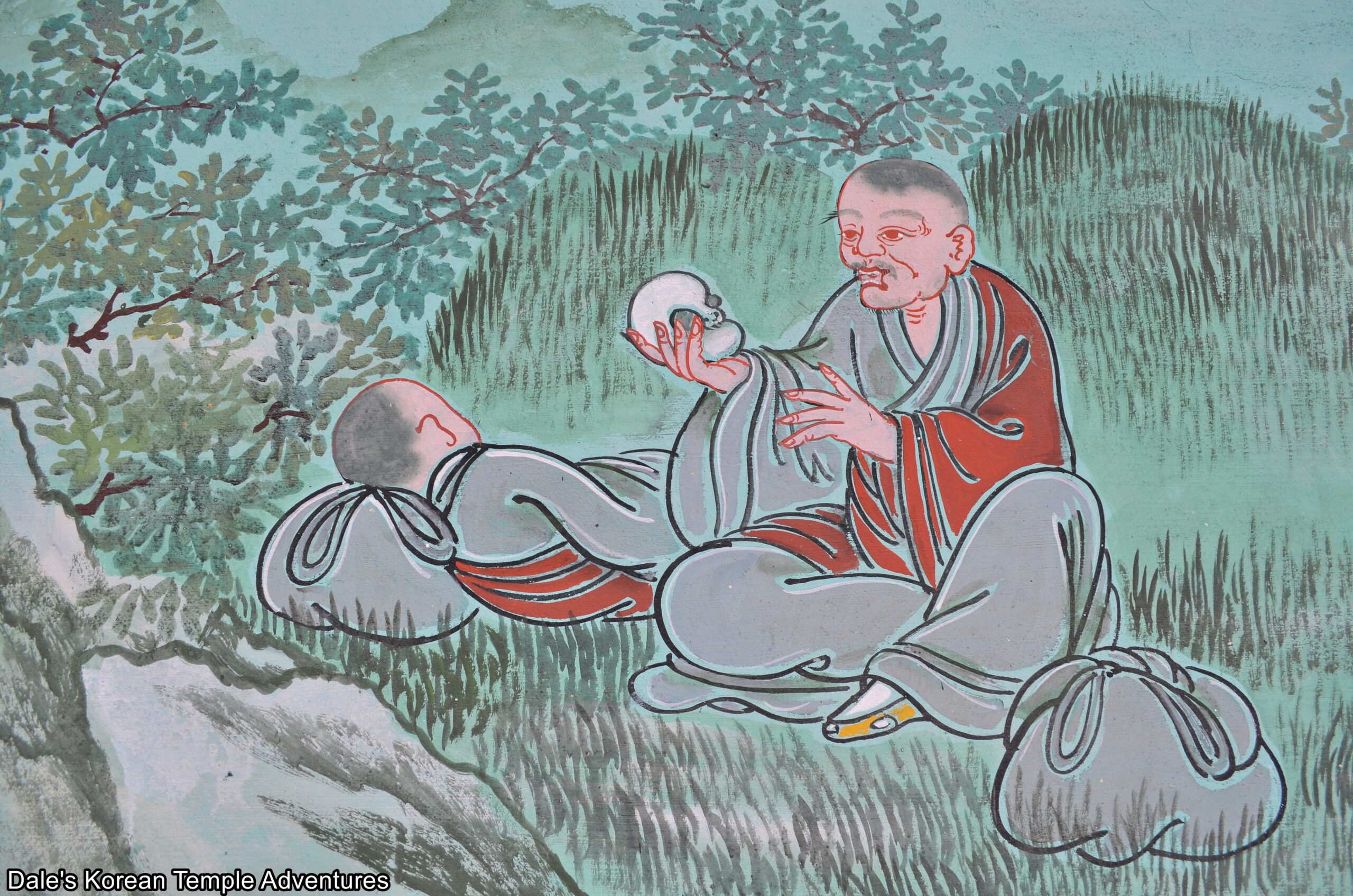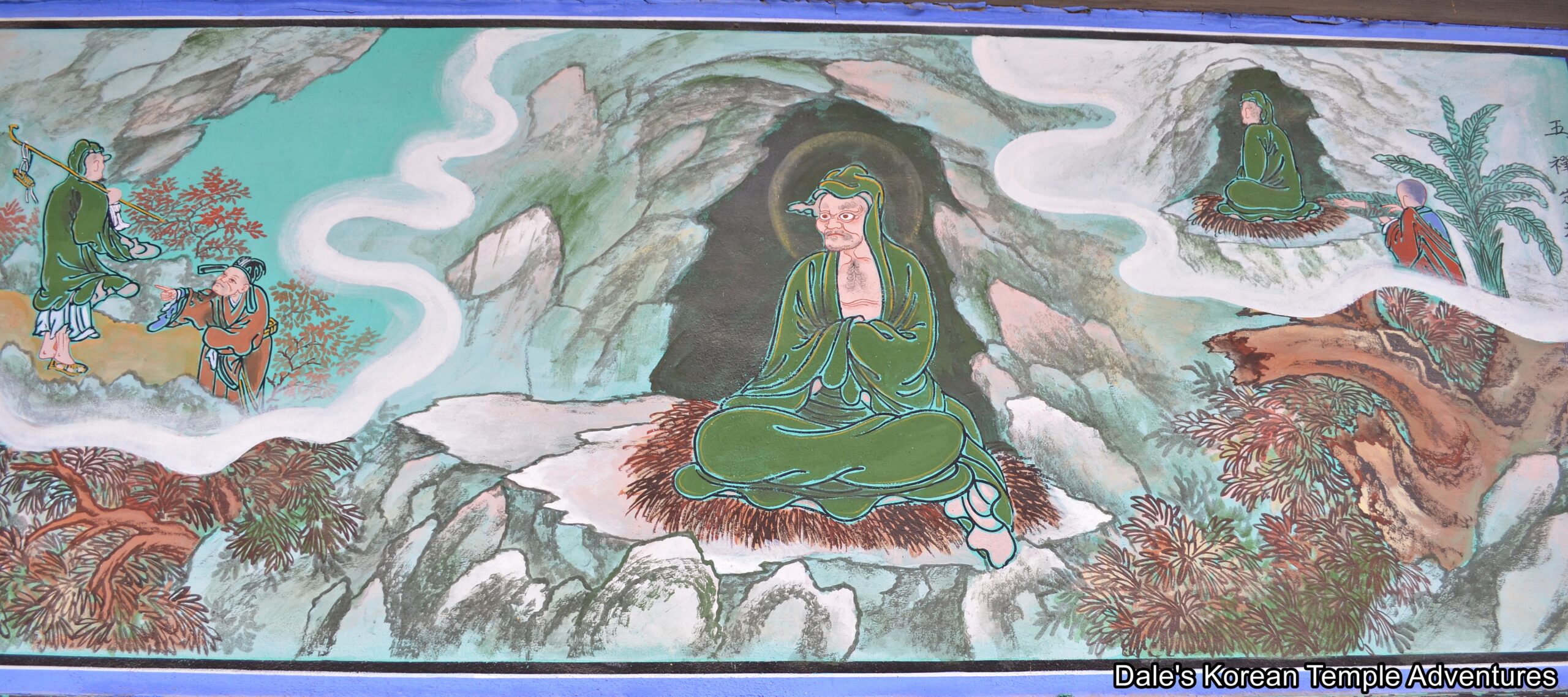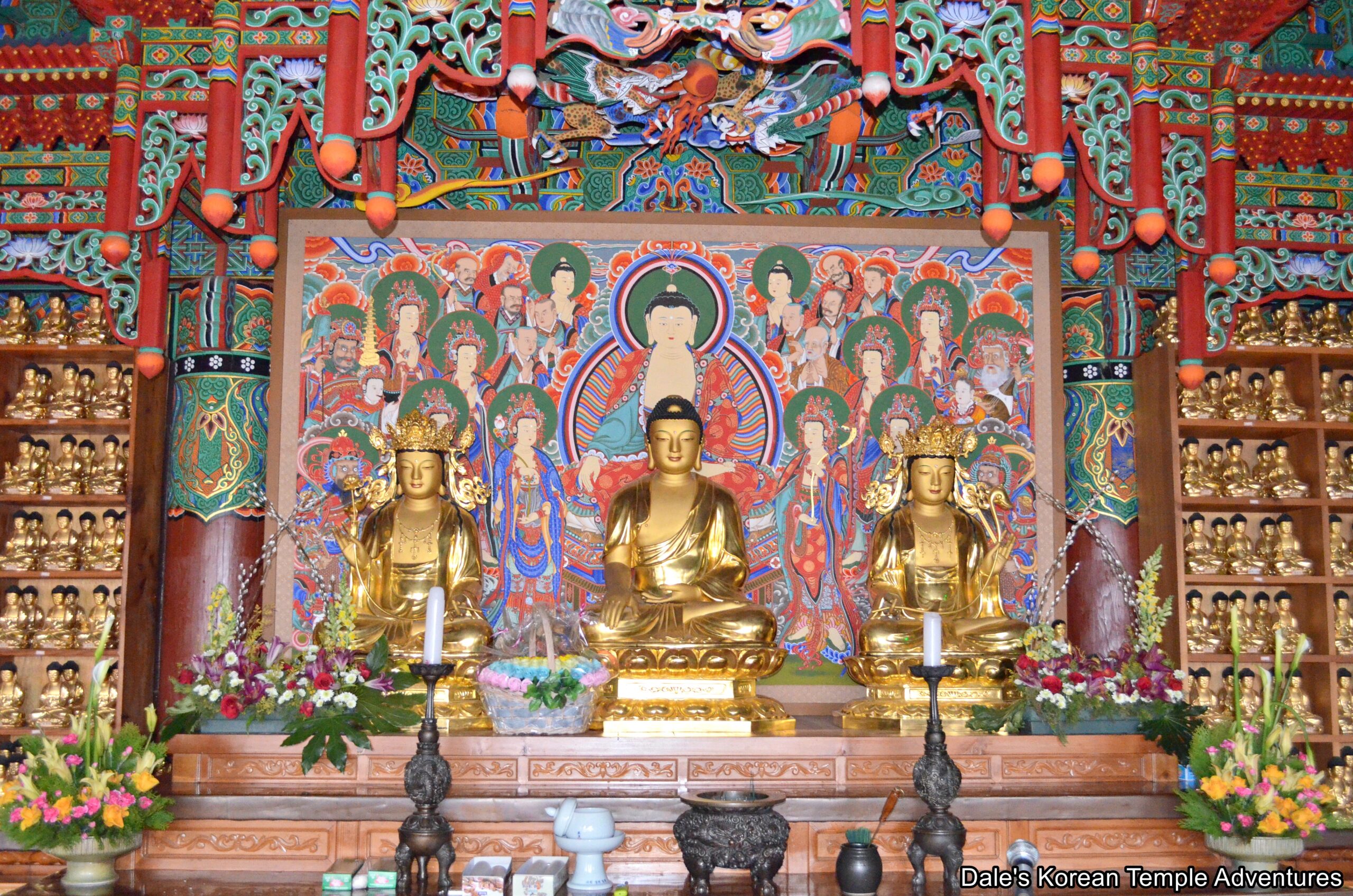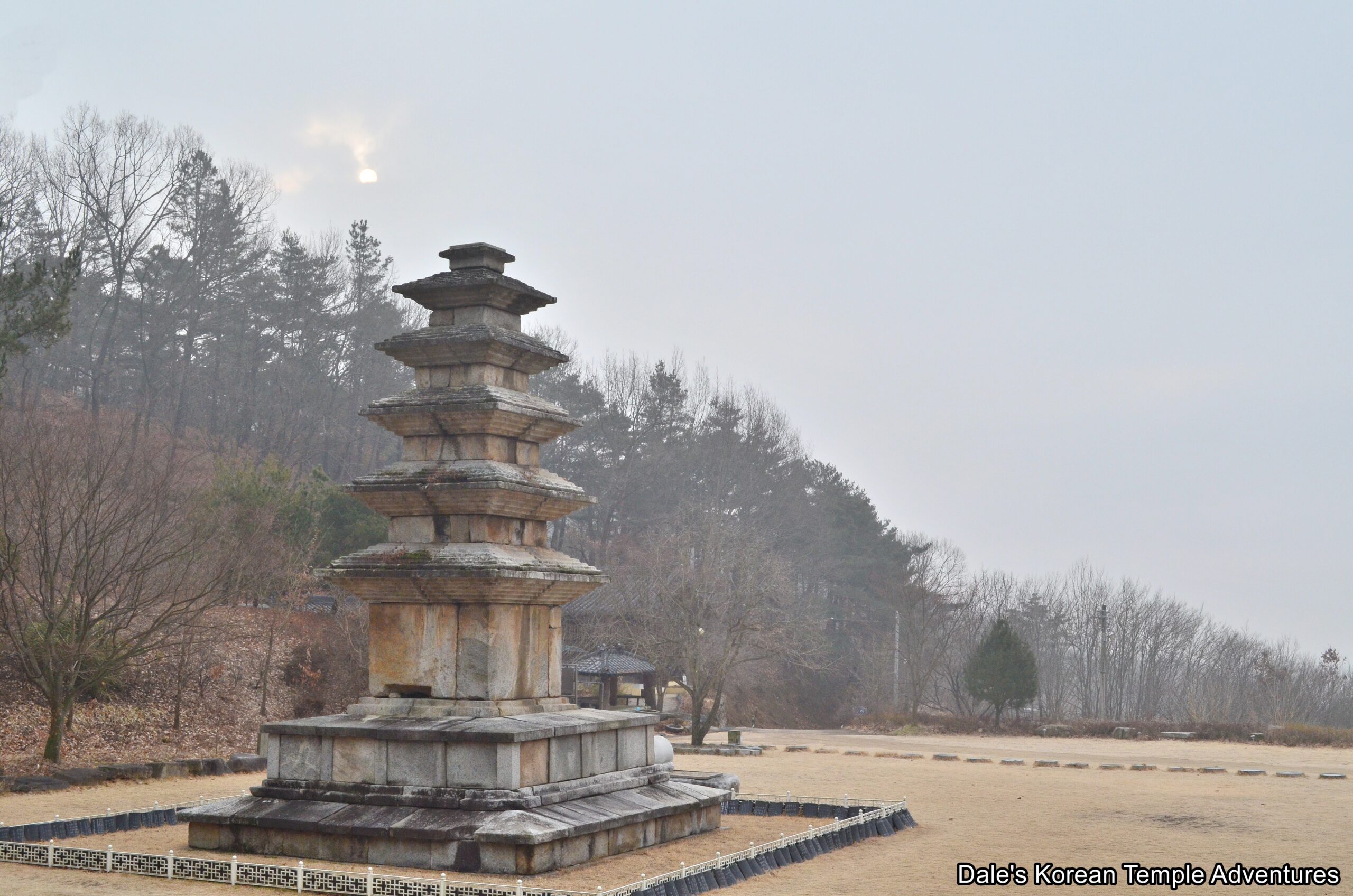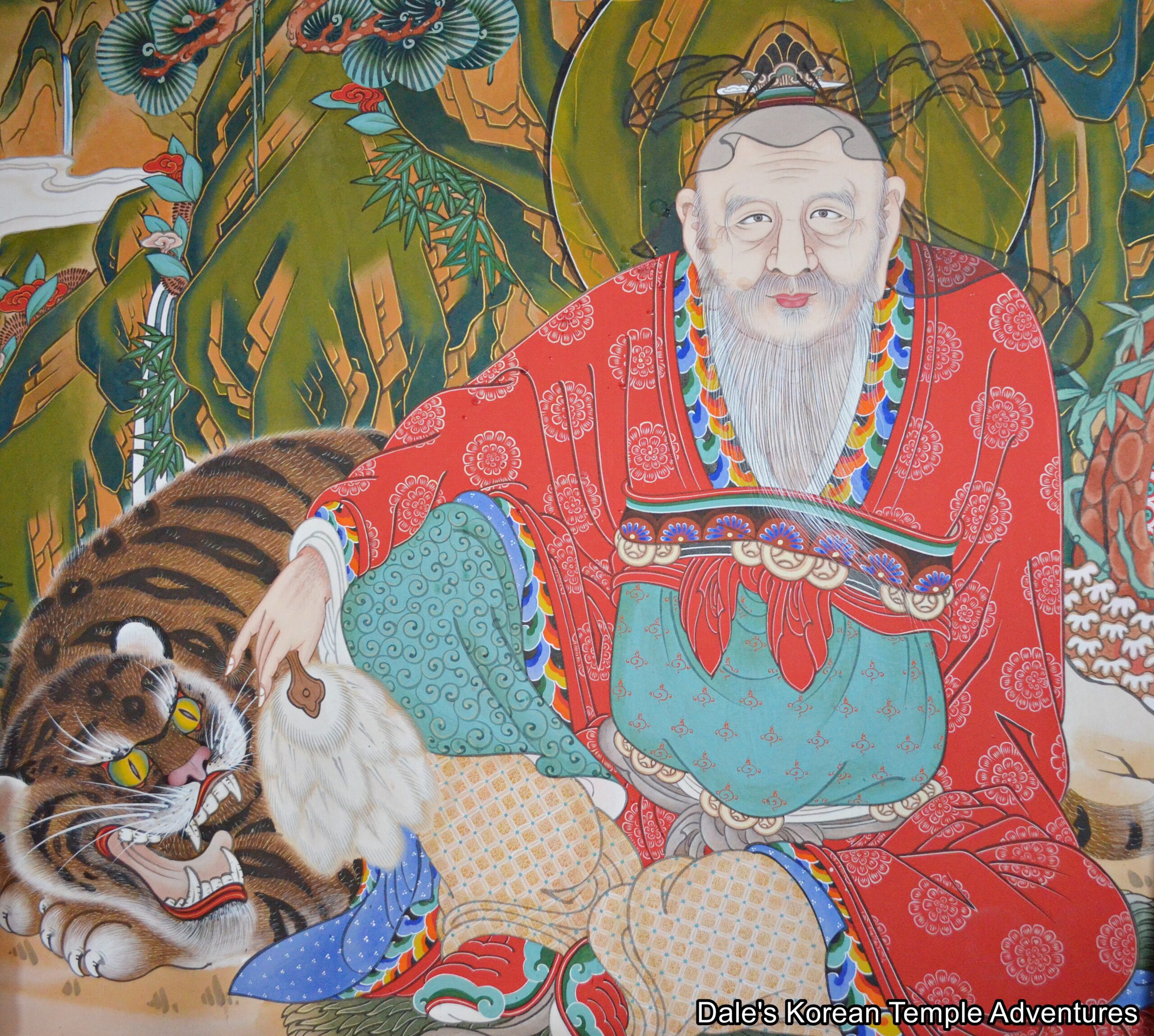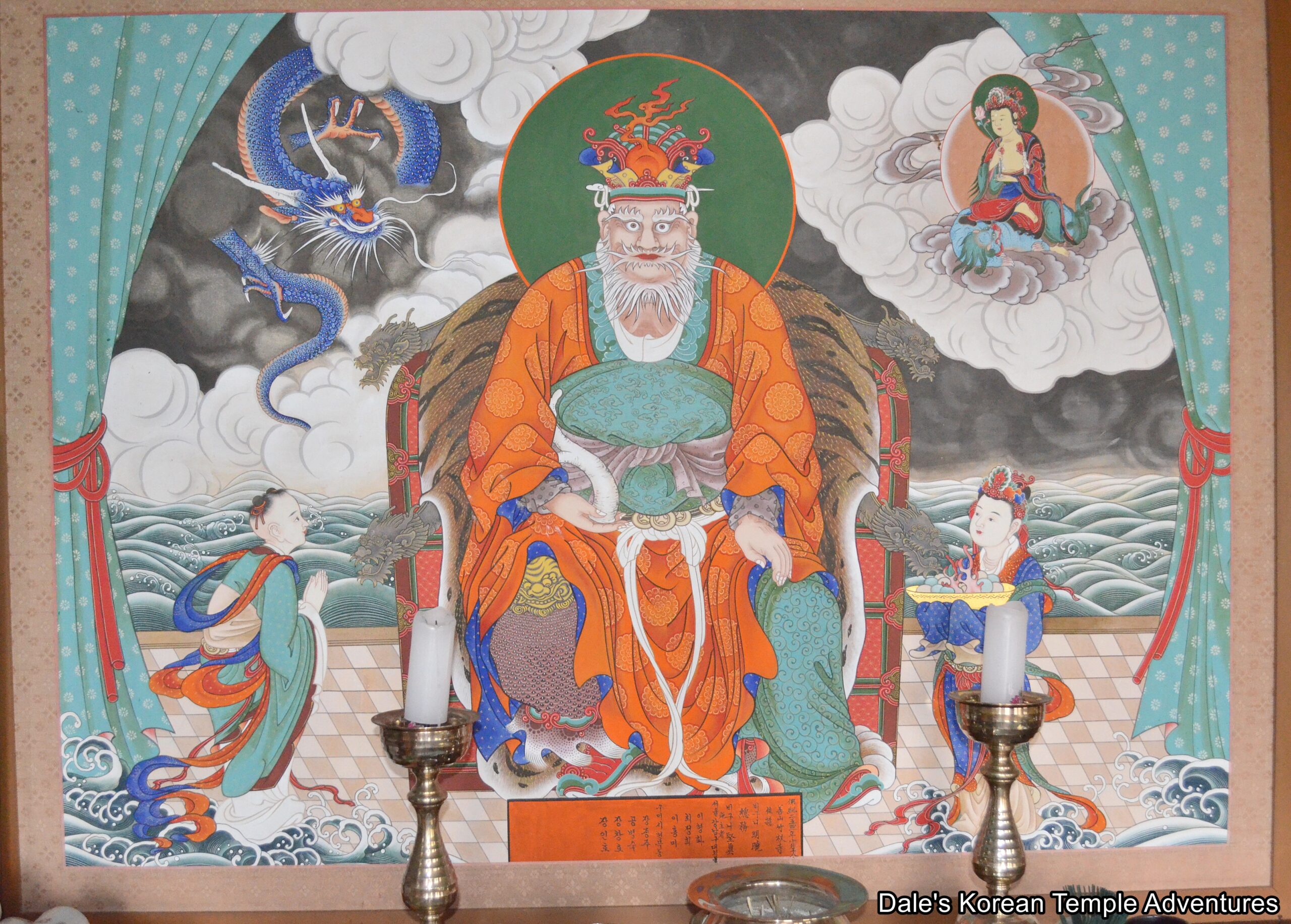Jukjangsa Temple – 죽장사 (Gumi, Gyeongsangbuk-do)

Temple History
Jukjangsa Temple is located below Hyeongje-bong Peak (532 m) in northern Gumi, Gyeongsangnangbuk-do. Jukjangsa Temple is a branch temple of Jikjisa Temple and belongs to the Jogye-jong Order. The temple is believed to have first been founded during the Silla Dynasty (57 B.C. – 935 A.D.). However, the exact date of its founding and by whom are unknown. Additionally, very little is known about the temple’s history until the start of the Joseon Dynasty (1392-1910), when the temple was recorded as Jukjangsa Temple in the 29th volume of the “Sinjeungdong-gukyeoseungram” in 1530. So obviously, Jukjangsa Temple existed and was operating at this time. Eventually, however, the temple would fall into disrepair.
The temple would later be rebuilt in 1954 and was named Beopryunsa Temple. After that, it was briefly known as Gakhwangsa Temple. Eventually, it would be renamed Jukjangsa Temple, once more. Then from 1991 to 1994, Jukjangsa Temple expanded with the construction of the Daeung-jeon Hall, the Samseong-gak Hall, and the Yosachae (monks’ dorms).
Jukjangsa Temple is home to National Treasure #130, which is the “Five-Story Stone Pagoda in Jukjang-ri.” It’s believed that the pagoda dates back to Unified Silla (668-935 A.D.).
Temple Layout
You first approach the temple past some farmers’ fields. It’s next to these farmers’ fields, and up a valley under Hyeongje-bong Peak, that you’ll arrive at Jukjangsa Temple. The first thing to greet you at Jukjangsa Temple is the “Five-Story Stone Pagoda in Jukjang-ri.”
The “Five-Story Stone Pagoda in Jukjang-ri” dates back to Unified Silla, and it’s ten metres in height. In total, the pagoda stands five-stories, and it’s the largest extant five-story pagoda in Korea. The pagoda consists of a two-tiered base, and some one hundred pieces of stone were used to build the pagoda. The five roof stones are stair-shaped in design. There is a chamber for enshrining a Buddha statue in the first-story body stone. The entrance of this chamber has small holes on each side. This suggests that there once was a door to this chamber. Each of the roof stones to the five-story structure have their upper and lower surfaces carved into tiers. This was done as a design to mimic brick pagodas. Additionally, the base stone for the finial still remains. It’s believed that this stone pagoda imitating brick pagodas is in the same family of design as other imitation brick pagodas in the area of Andong like the “Seven-Story Brick Pagoda at Beopheungsa Temple Site” and the “Five-Story Brick Pagoda in Unheung-dong, Andong.”
The pagoda has a rather interesting legend associated with it, as well. According to this legend, a brother and sister had a competition to make a five-story stone pagoda. Eventually, the sister won by building the “Five-Story Stone Pagoda in Jukjang-ri” faster than her brother.
Just behind this ever-present pagoda on the Jukjangsa Temple grounds is the temple’s Daeung-jeon Hall. The exterior walls to the main hall are adorned with various Buddhist motif murals like the Bodhidharma and Wonhyo-daesa (617-686 A.D.). The pink floral latticework that adorns the front of the Daeung-jeon Hall is simply stunning. Stepping inside the Daeung-jeon Hall, and sitting on the main altar, is a triad of golden statues that’s centred by an image of Seokgamoni-bul (The Historical Buddha). This statue is joined on either side by images of Munsu-bosal (The Bodhisattva of Wisdom) and Bohyeon-bosal (The Bodhisattva of Power). Hanging on the far right wall is a modern Shinjung Taenghwa (Guardian Mural) with a large, winged helmet image of Dongjin-bosal (The Bodhisattva that Protects the Buddha’s Teachings) in the centre. And spread throughout the entire interior of the Daeung-jeon Hall are wall-to-wall smaller images of various Buddhas like Birojana-bul (The Buddha of Cosmic Energy) and Seokgamoni-bul.
To the left rear of the Daeung-jeon Hall is the Samseong-gak Hall. There are masterful shaman murals housed inside this shrine hall. For example, have a look for the ferocious tiger painted inside the Sanshin (Mountain Spirit) mural, as well as the dour-looking expression on Yongwang’s (The Dragon King) face. There is also a nice mural dedicated to Chilseong (The Seven Stars) inside the Samseong-gak Hall, as well.
How To Get There
From in front of the Gumi Intercity Bus Terminal, there’s a bus stop. From this bus stop, you’ll need to take either Bus #20 or Bus #20-1 that heads towards Seonsan. You’ll need to get off at the Seonsan Terminal, which also just so happens to be the last stop. From the Seonsan Terminal, walk about 200 metres to get to the Seonsan-jongjeom stop. From this stop, you’ll need to take either Bus #38-6 or Bus #338-6. After three stops, or five minutes, get off at the Jukjang-ri stop. From this stop, you’ll need to walk about fifteen minutes to get to Jukjangsa Temple.
Overall Rating: 6.5/10
By far, the main highlight of the temple also just so happens to be a National Treasure. The “Five-Story Stone Pagoda in Jukjang-ri” is stunning in its size and grandeur. Other things to enjoy at Jukjangsa Temple are the shaman murals housed inside the Samseong-gak Hall, as well as the murals that adorn the exterior of the Daeung-jeon Hall. In combination, the Buddhist artwork at Jukjangsa Temple can make for a nice little trip to Gumi, Gyeongsangbuk-do.
